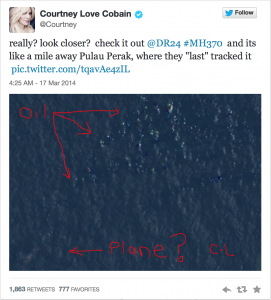By GABRIELLA SHOFER
The way that news reporters handle sensitive issues is a strong point of discussion in the news industry. Over the weekend, I became engrossed with following the updates of a national news story in Australia that hit home for me as it affected my community and dealt with a sensitive issue.
The story covered the disappearance and search for an 11-year-old girl that was declared missing after running away from home on Saturday evening. The search began for the girl when she hadn’t returned home since she left after an argument. Fortunately, she was found after a desperate two-day search conducted by more than 1,000 volunteers and the police.
The positive attributes of the news industry were highlighted through their assistance in the search for the girl as multiple news outlets broadcast the story on the television, print newspapers and online. This aided the search by increasing awareness and, ultimately, the cohesion of the news outlets with the family was what led to the girl being found safe so quickly.
However, following the girl being found and returned to her family, I found certain aspects of the news coverage of the story rather invasive and potentially detrimental to her recovery and her future. In particular, when the parents of the girl went to fetch her, they were bombarded by news reporters standing outside their house and following them with cameras and recording devices. This invaded their privacy during an incredibly difficult time. Additionally, the girl’s father then became the subject of some news articles as they delved into the family history to discover that he was due to attend court on a separate manner.
In covering this sensitive issue, reporters need to remember the potential future impact that their reports can have on the girl’s life. Not only will she need to recover from the ordeal, but she also has to deal with life in the spotlight until the news coverage dies down. This is incredibly difficult for a girl of her young age to have to deal with and the reports will forever follow her due to the everlasting nature of the Internet and the ability to find information with a simple Google search. This demonstrates how it is important for news reporters to remain mindful of both their obligation to report the news but also to respect the privacy of the people involved in their stories.
More information about the story can be found here.





